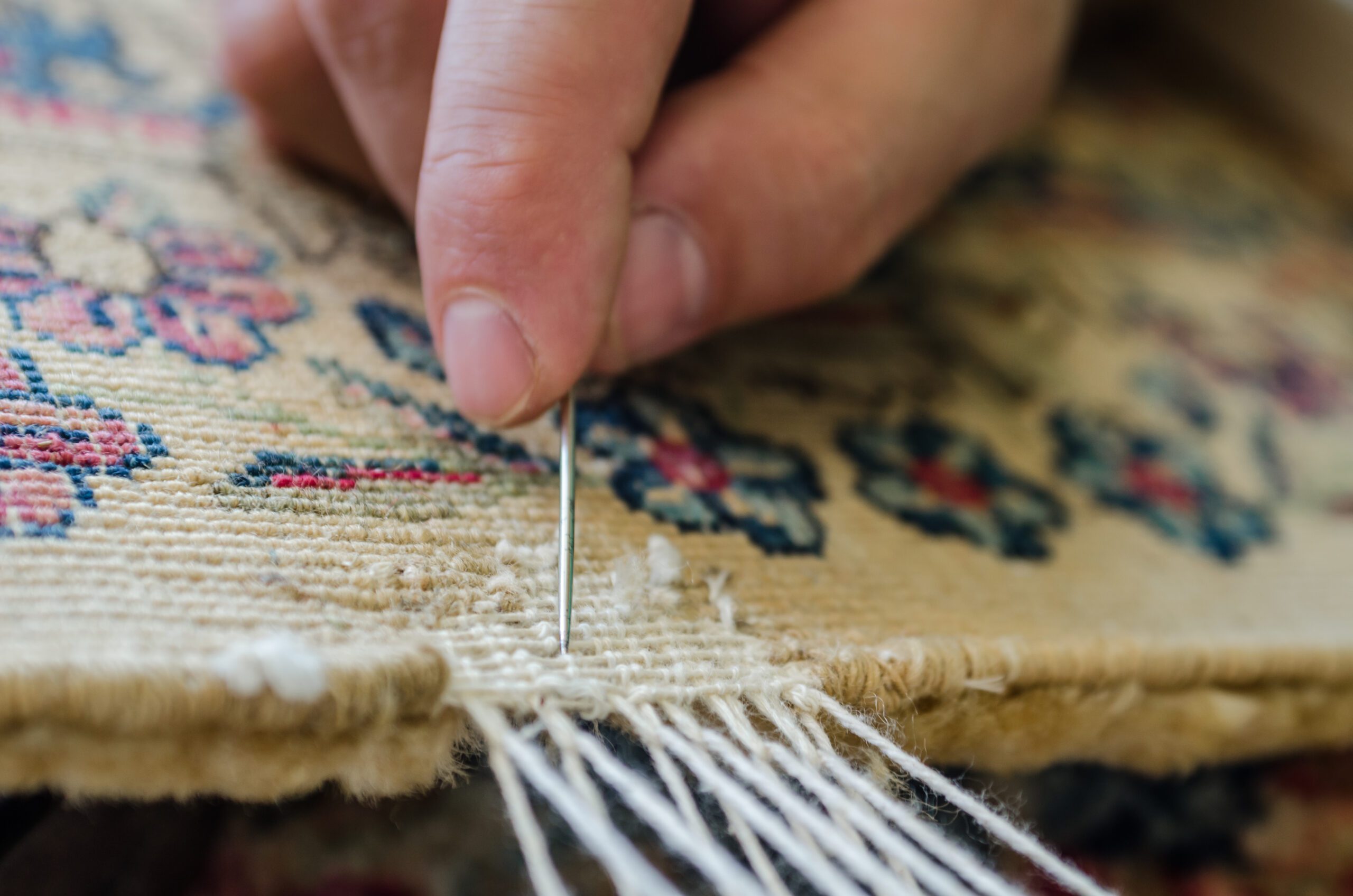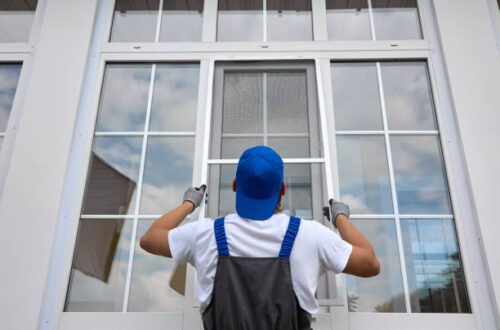When building any type of home, you will encounter the same dilemma: what subfloor materials to use.
The subfloor is the base for the entire structure of your home. This is why it is imperative that you choose wisely from the start.
We want to help you do that. Keep reading below for all the pros and cons of each subfloor material and why your final choice should depend on your particular style of homebuilding.
Plywood Subflooring
Plywood is a popular subflooring used for hardwood installation, but it has its drawbacks. If plywood gets wet, it can warp and become structurally unsound. This can be a problem in homes with basement floors or crawl spaces, where moisture can seep in.
Another downside is that it’s not as strong as some other materials. This means that plywood subfloors are more likely to sag over time, particularly in homes with heavy furniture or appliances.
On the plus side, the subfloor plywood is relatively inexpensive and easy to work with. It’s also a good insulator that can help keep your home warm in the winter and cool in the summer.
Oriented Strand Board Subflooring
There are many pros and cons to using OSB Subflooring. One is it’s very strong and can hold up well to heavy traffic. It is also very dimensionally stable, so it will not shrink or swell as much as other types of wood.
OSB is also less likely to warp or cup than different types of wood. However, OSB does not have the same finished appearance as other types of wood. OSB Subflooring is also not as easy to install as compared to the different types of subflooring.
Concrete Subflooring
Installing concrete subflooring has both pros and cons. On the positive side, concrete subflooring is very durable and stable, allowing it to support a lot of weight. It’s also easy to clean and maintain.
On the downside, concrete subflooring can be cold and hard, making it uncomfortable to walk on. It’s also susceptible to cracks and damage from water.
Asphalt Subflooring
Asphalt subflooring has its pros and cons. One positive is it’s a very durable material that can last longer. Another pro is that asphalt provides good insulation against both heat and cold, which can help keep your energy costs down.
However, one downside to asphalt subfloors is that they can be difficult to repair if they become damaged. Additionally, asphalt can be a bit of a dust magnet, so you’ll need to do some regular cleaning to keep your floors looking their best.
How to Choose The Best Subfloor Material
When choosing the best subfloor material, keep the climate in mind. If you live in an area with high humidity, choose a material that won’t absorb moisture and cause mold or mildew.
Also, consider the type of flooring you have. Choose a material that will work well with your floors since some fit better with certain materials. Finally, consider your budget. Not all materials cost the same, so be sure to pick one that fits your budget.
The Best Among Subfloor Materials
The best subfloor material between plywood, OSB, asphalt, and concrete is plywood. It is strong and durable and can withstand heavy traffic. It is also easy to install and maintain.
But it’s still up to you. All four subfloor materials are good, so you won’t go wrong if you choose from the ones that we listed for you. So go ahead and read our guide, and choose the best for you today!
Visit our blog for more guides today!





